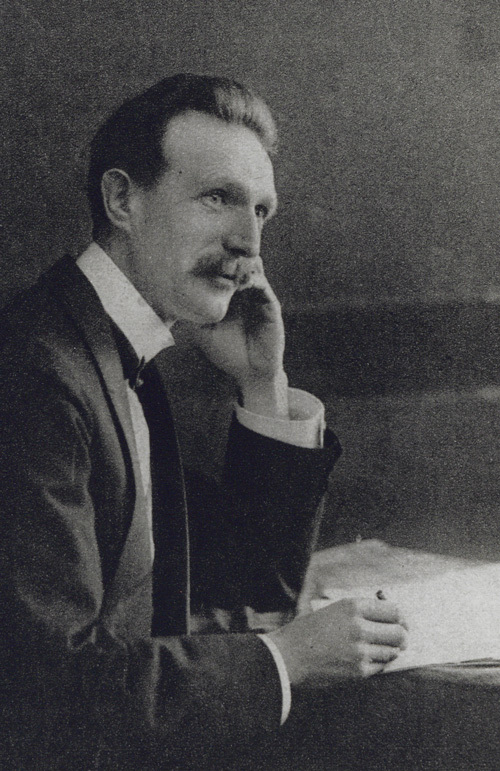
You have no items in your cart

SUMMER SALE
20% discount on all orders until August 31, 2024

Joseph Lauber was born in 1864 in Ruswil, Lucerne, the son of a humble tailor. Just one year after his birth, the family was compelled to relocate to Le Locle, in the canton of Neuchâtel. Since Joseph’s father was also a passionate amateur musician, he imparted instrumental lessons to his two sons. At the age of ten, Joseph Lauber was already playing the piano in the “Lauber Orchestra.”
Thanks to the patronage of Carl Russ-Suchard, young Lauber was able to study in Zurich, where he received support from Friedrich Hegar, the founder of the Zurich Conservatory. Hegar introduced him to the Tonhalle, facilitated a meeting with Johannes Brahms, entrusted him with early responsibilities in music education, and sent him to Munich for further training under Rheinberger.
In 1900, Lauber co-founded the Swiss Musicians Association and, from 1901 onward, served as the first Kapellmeister at the Grand Théâtre de Genève. There, he conducted premieres of works by Puccini and Massenet, both of whom he had studied composition with in Paris. Lauber also held positions as a composition and orchestration professor in Geneva, counting among his students Richard Flury, André François Marescotti, Bernard Reichel, Emil Frey, Henri Gagnebin, and others. His most significant pupil, Frank Martin, received private instruction from Lauber for six years.
Joseph Lauber bridged the cultural gap between the Swiss German and Swiss Romand regions, his artistic background influenced by late German Romanticism in Munich and the early days of Impressionism in Paris. Additionally, he possessed a strong Alpine folkloric essence. His First Symphony, after a sublime E-flat major chord, commences with an Alpine horn call that seems to carry on from Brahms’ First Symphony finale.
In a short span (1895-96), he composed the First, Second, and Third Symphonies in Plan-sur-Bex. These were followed by the Fourth and Fifth Symphonies in 1913 and 1918, significantly more extensive and impressionistic in nature. The Sixth Symphony, undated but recorded by the OSR under the baton of Ernest Ansermet in 1952, exhibits a classical style and is composed for a smaller orchestra.